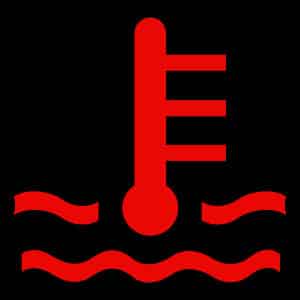

Have you had issues with the thermostat on your Chevy Cruze? Let us know your thought below.Ĭategory: Chevy General Automotive Repair Of course, if in doubt, be sure to take your car to a certified professional. The thermostat is a low-cost item, and replacement is a task done by many DIY backyard mechanics. The thermostat is often the first component to go bad in the coolant system, but the water pump can also go bad. The coolant system is one such common issue many users have reported. The Chevrolet Cruze is a great car but does have some common failures.


The thermostat is located on the passenger side of the vehicle at the front of the engine. Once the car warms up, the thermostat should open, and the fluid should be seen flowing. Start the car and watch the coolant fluid inside the radiator. If the temperatures are far apart 20 percent or more, the thermostat is likely bad.Īnother testing method is with the engine cold, remove the radiator cap. Once the car is warmed up, the temperatures should be close between the top and bottom hose. There are several ways to test if a thermostat is good or bad.Ī common method to test for a bad thermostat is to measure the temperatures at the intake and exhaust hoses from the radiator. Roughly half of the bad thermostats leak, but sometimes there is no leak, and other tests need to be done. If the thermostat housing is leaking, it is likely bad.
#Chevy coolant temperature sensor symptoms how to#
How To Diagnose a Chevy Cruze with a Bad Thermostat The thermostat is a simple device that opens and shuts, regulating the flow of coolant to maintain the engine temperature. Likewise, if the thermostat has gone bad but is stuck fully open, the vehicle will not heat up, especially in very cold weather. If the thermostat has gone bad and does not open, the car will run hot and likely overheat.

When the engine starts to become hot, the thermostat slowly opens and begins to cool the engine. When the engine is cold, the thermostat is closed, which stops all coolant from flowing, and the engine warms up. The thermostat opens and closes, blocking the flow of the coolant, which regulates the temperature. No heat is another symptom many users report when the weather is very cold. Keep in mind the symptoms of a bad thermostat are the same as other failed coolant system components such as the water pump or leaky radiator. When a thermostat fails, the most common symptom is the car overheats with a coolant smell coming from the engine.Īntifreeze used in the vehicle’s coolant system has a distinct smell that is often described as sweet. Symptoms of a Chevy Cruze with a Bad Thermostat The thermostat is a common failure on the Chevy Cruze and also one of the more easier DIY fixes. If you have a Chevy Cruze that is overheating or has no heat, you may have an issue with the thermostat.


 0 kommentar(er)
0 kommentar(er)
